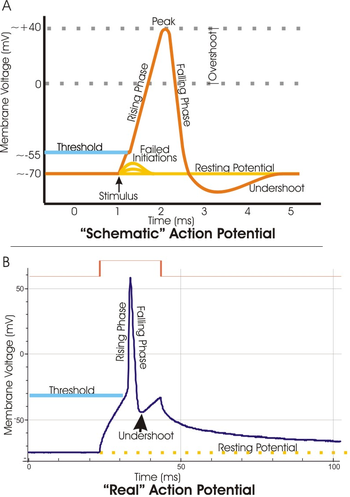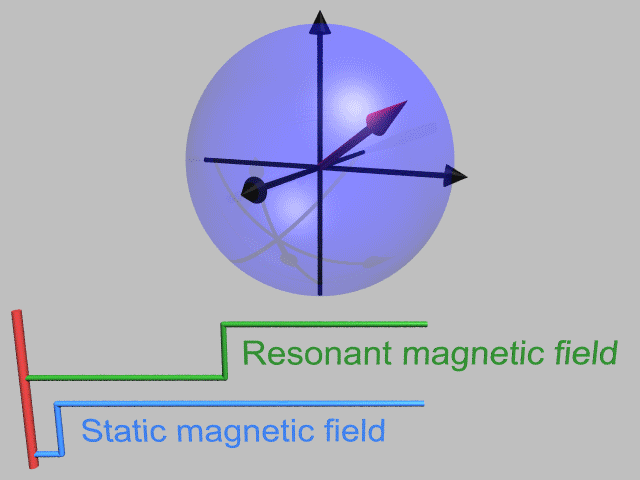Capacitive charge transfer at the electrode/electrolyte interface is a biocompatible mechanism for the stimulation of neurons. Although quantum dots showed their potential for photostimulation device architectures, dominant photoelectrochemical charge transfer combined with heavy-metal content in such architectures hinders their safe use. In this study, we demonstrate heavy-metal-free quantum dot-based nano-heterojunction devices that generate capacitive photoresponse. For that, we formed a novel form of nano-heterojunctions using type-II InP/ZnO/ZnS core/shell/shell quantum dot as the donor and a fullerene derivative of PCBM as the electron acceptor.
anointment, ritual application of oil or fat to the head or body of a person or to an object; an almost universal practice in the history of religions, although both the cultic practice followed and the sacred substance employed vary from one religion to another. It is possible to recognize three distinct, though not separate, meanings ascribed to ritual anointments by the devotees of various religions.
Fats, also called lipids, make up the cell membrane (the surrounding layer) of EACH of the cells in our body. The cell membrane is also called the phospholipid bilayer. Without a cell membrane there would be nothing to contain the contents of each cell.
The membrane capacitance is proportional to the cell surface area and, together with the membrane resistance, determines the membrane time constant which dictates how fast the cell membrane potential responds to the flow of ion channel currents.
Animation showing the rotating frame. The red arrow is a spin in the Bloch sphere which precesses in the laboratory frame due to a static magnetic field. In the rotating frame the spin remains still until a resonantly oscillating magnetic field drives magnetic resonance.
https://en.m.wikipedia.org/wiki/Pulsed_electron_paramagnetic_resonance
https://www.sciencedirect.com/topics/engineering/input-pulse


